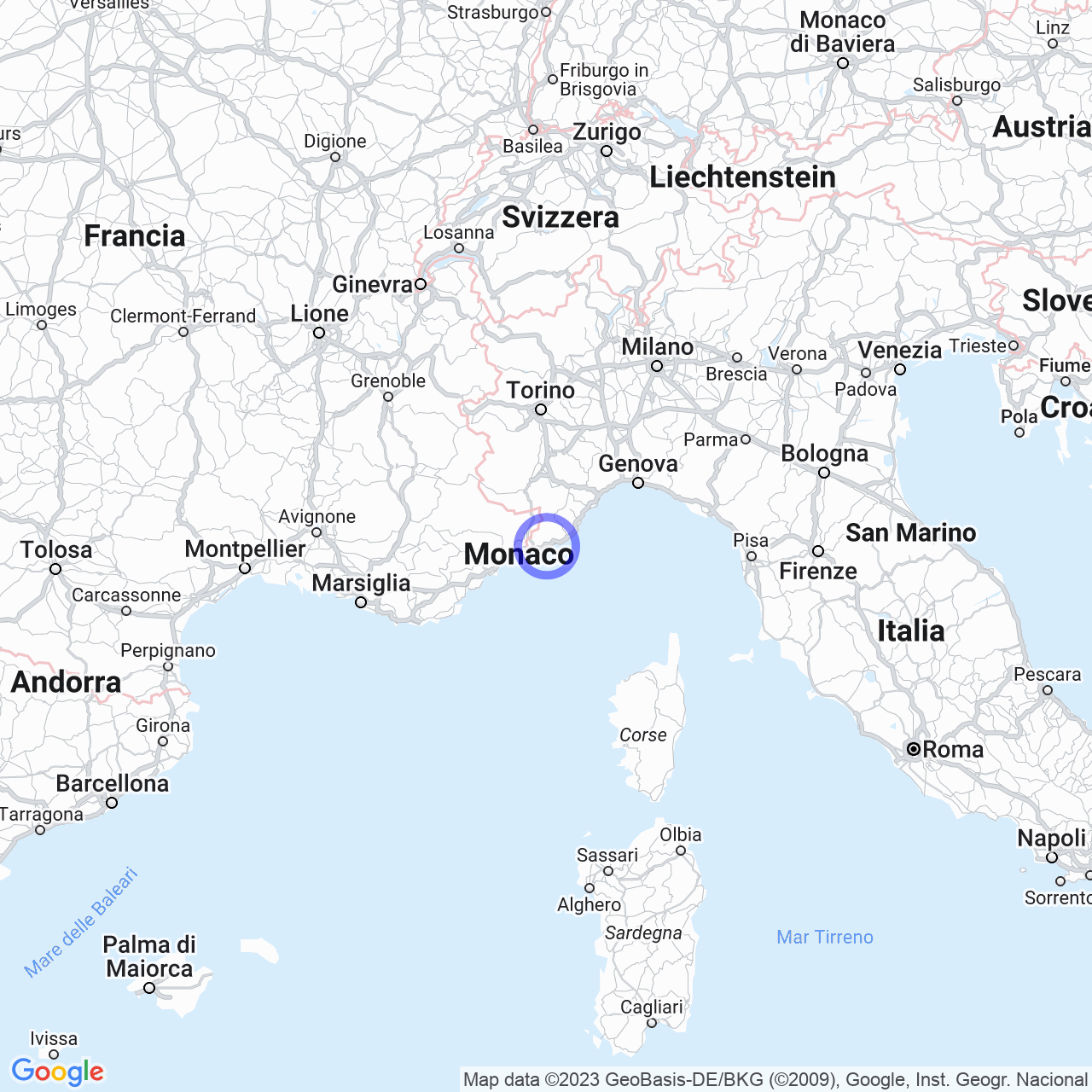Bussana Vecchia
The destroyed village and the beginning of rebirth
Bussana Vecchia, simply known as Bussana, was a small hill village in the municipality of Sanremo until the earthquake in Diano Marina partially destroyed it. The event was so violent that the government decided to completely evacuate the village, and the residents moved three kilometers downstream, founding a new village called Bussana. For decades, the old village was completely abandoned until the late 1950s, when Italian and foreign artists began to renovate the damaged houses and live in them. This rebirth led to the formation of an international artist community that has made Bussana Vecchia a characteristic "artists' village" in a medieval setting.
Physical geography
Bussana Vecchia is located about eight kilometers northeast of Sanremo, on a rocky hill overlooking Bussana Nuova. It has the typical "pinecone" structure of a medieval village and is surrounded by a relatively green area, surrounded by Mediterranean scrub, chestnuts, and maritime pines. The entire area has recently been designated as an industrial zone, mainly for floriculture.

Brief history of the village
Bussana Vecchia seems to have been founded during the Roman Empire with the name "Armedina" or "Armedana." During the 7th century, the first evidence of a stable presence began to emerge, and following the invasion of the Lombards, the population decided to move to the Armea Valley. In the 10th century, the frequent Saracen invasions again induced the population to move to higher and easier to defend places on the hill above. Thus began the spontaneous construction of the first defensive structures.
At least from the beginning of the 11th century, Bussana Vecchia fell under the control of the Counts of Ventimiglia, who built a castle for defensive purposes. In the 13th century, the village was purchased by the Republic of Genoa, which, however, left a relative independence to the approximately 250 inhabitants of Bussana Vecchia. In the meantime, the original castle lost its defensive function and became a residence and the adjoining chapel continued to serve as a place of worship for the residents of the village.
Rebirth of Bussana Vecchia
During the 15th century, Bussana Vecchia developed rapidly, building new houses and expanding the southeast area of the village. In 1404, the construction of the first church dedicated to Sant'Egidio Abate was completed, built on the ruins of a previous church. In addition, houses began to be built with smoothed stones from nearby rocky beaches.
In the 16th century, the village further expanded, with the construction of houses in Roman style with square stones and the addition of two side aisles to the Church of Sant'Egidio. Over the succeeding centuries, Bussana Vecchia experienced periods of prosperity and decline and witnessed numerous historical events, from the Napoleonic wars to the Second World War.
The rebirth of Bussana Vecchia began in the late 1950s when Italian and foreign artists began to renovate the houses damaged by the earthquake and live in them. The artists created an international community that then gave rise to a series of artisan workshops and restaurants. Thanks to their dedication, the village had a new life, becoming a charming and unique place that cannot be found elsewhere.
Conclusions
Bussana Vecchia is a historical testimony of an ancient community that has faced the challenges of time and has had a new life thanks to the passion of the artists who now call it home. The village is unique in its kind and has entertained generations of visitors fascinated by the beauty of the stone houses, artisan workshops and restaurants. Bussana Vecchia continues today, as it always has, to inspire artists and visitors from around the world.
